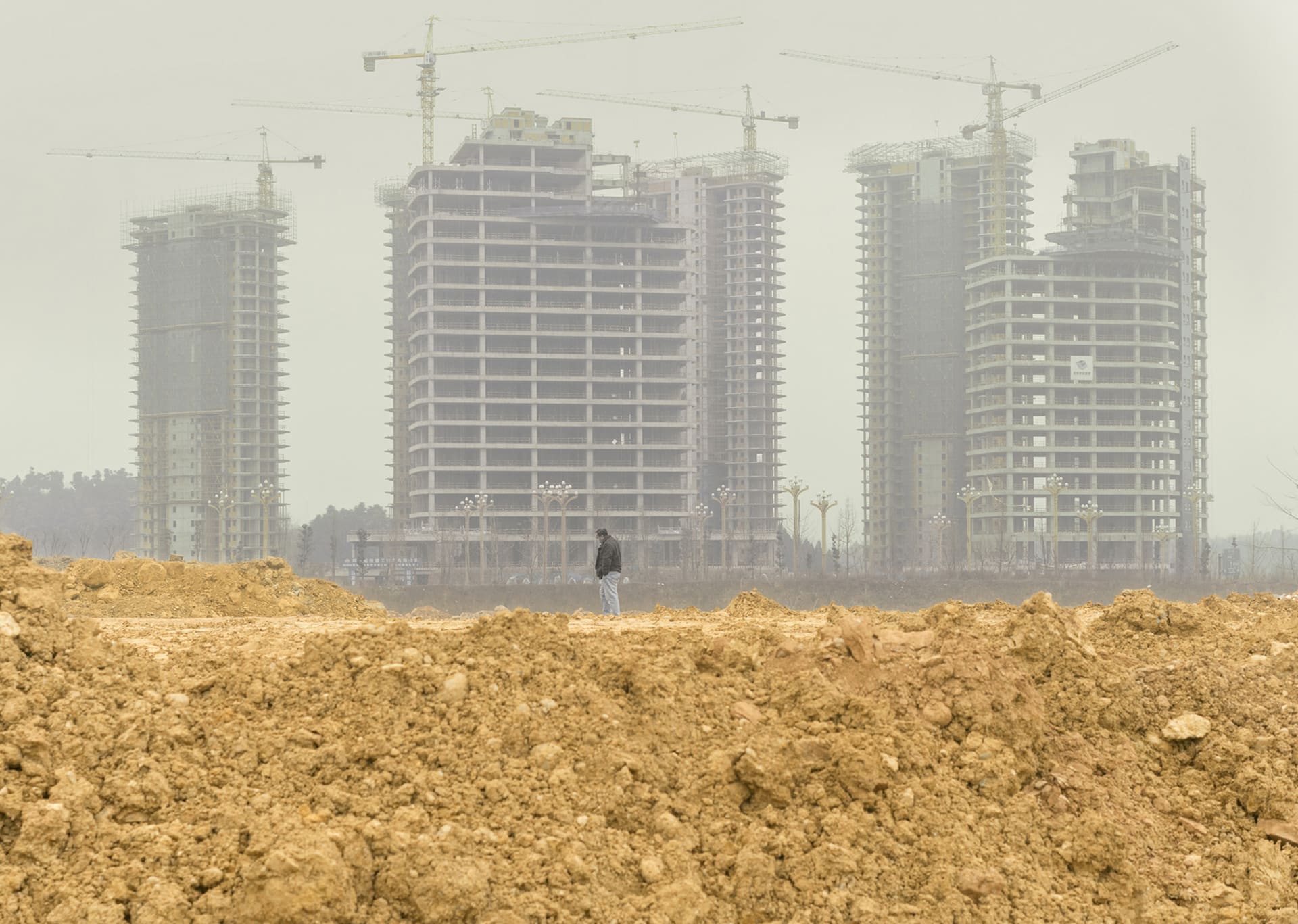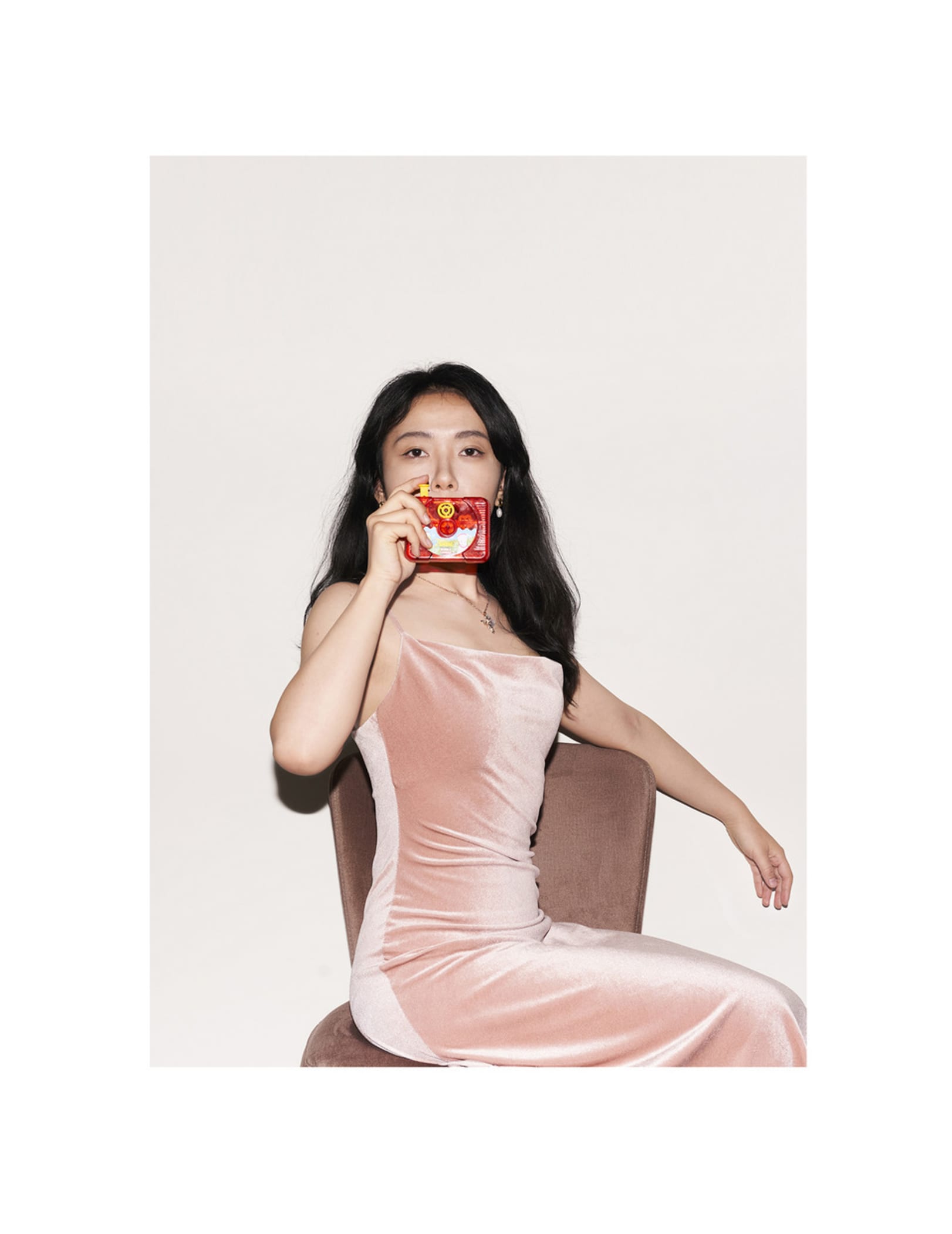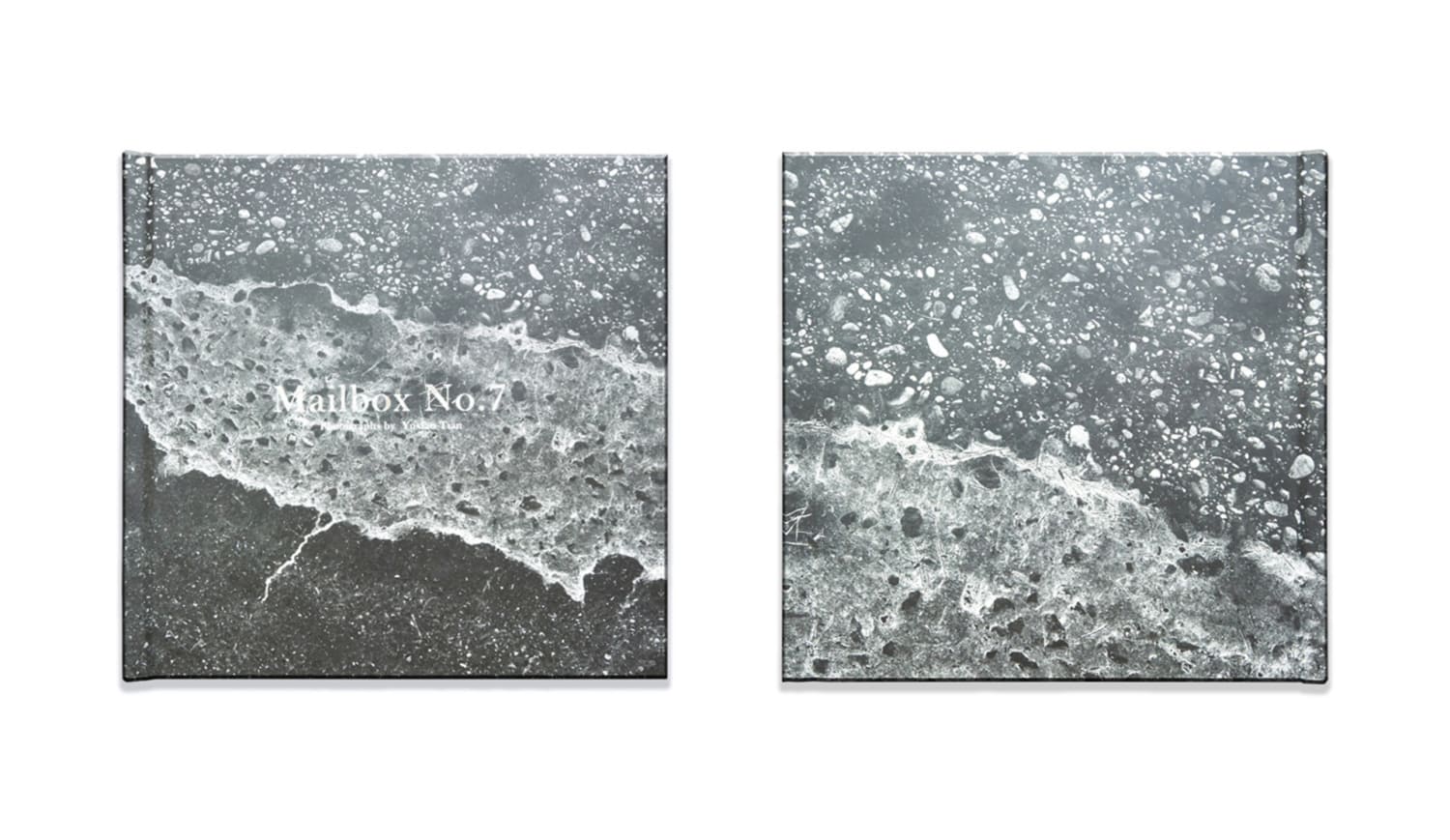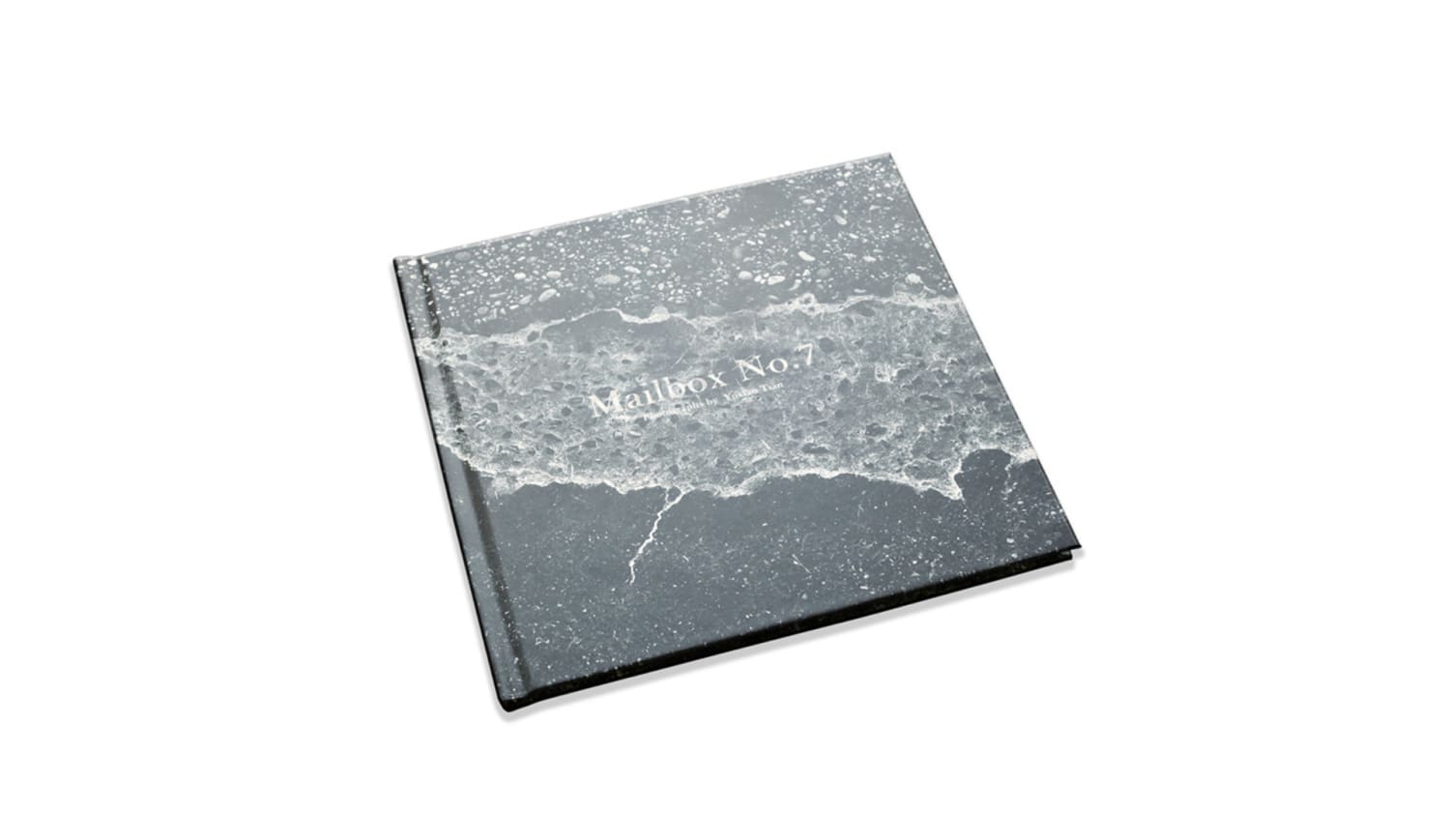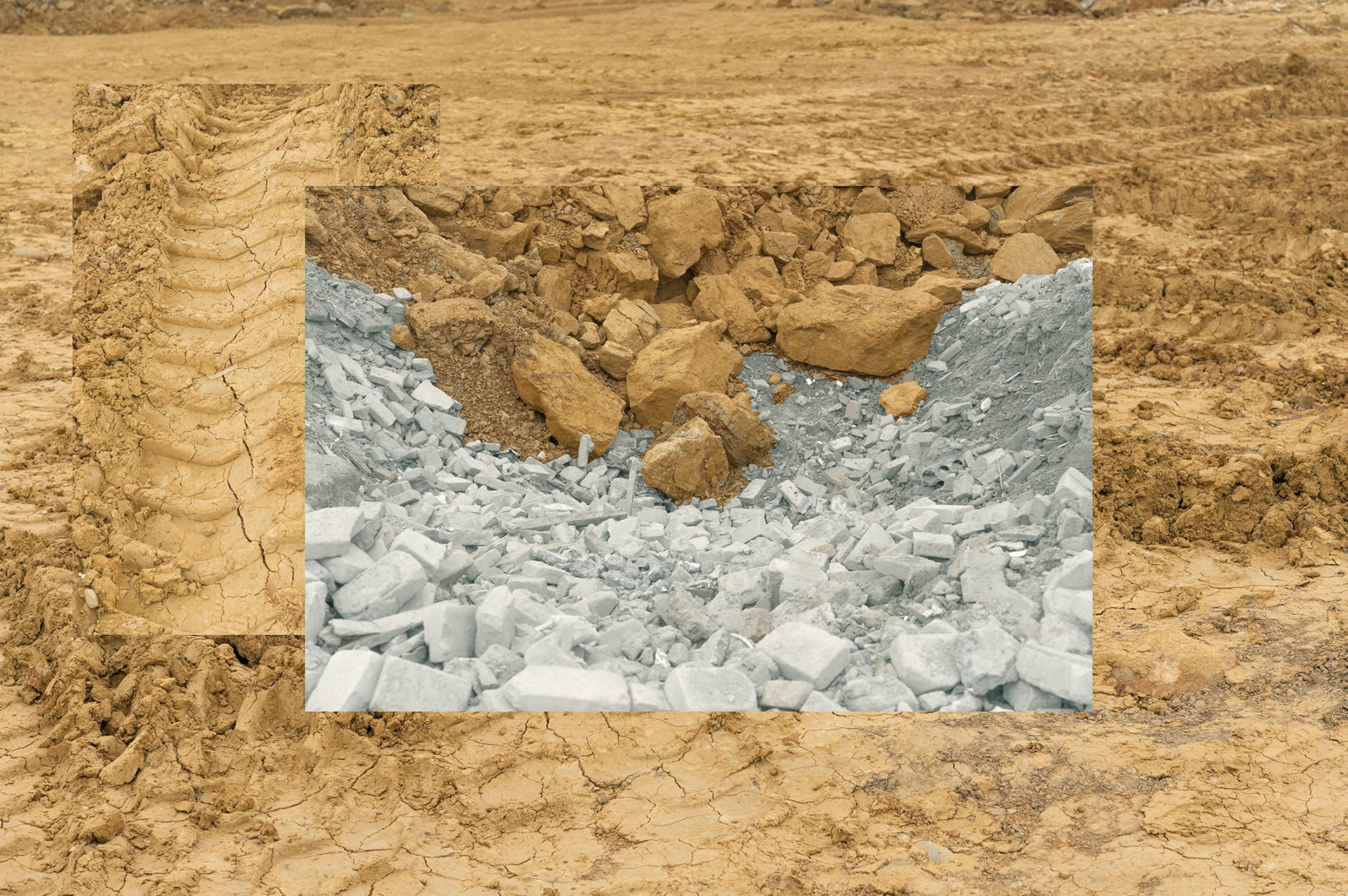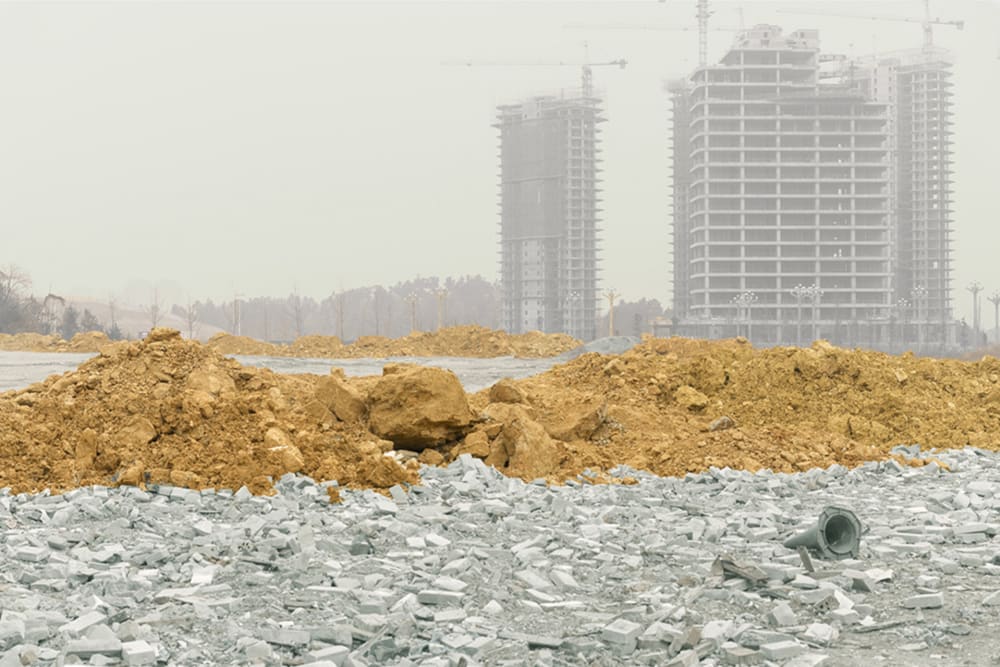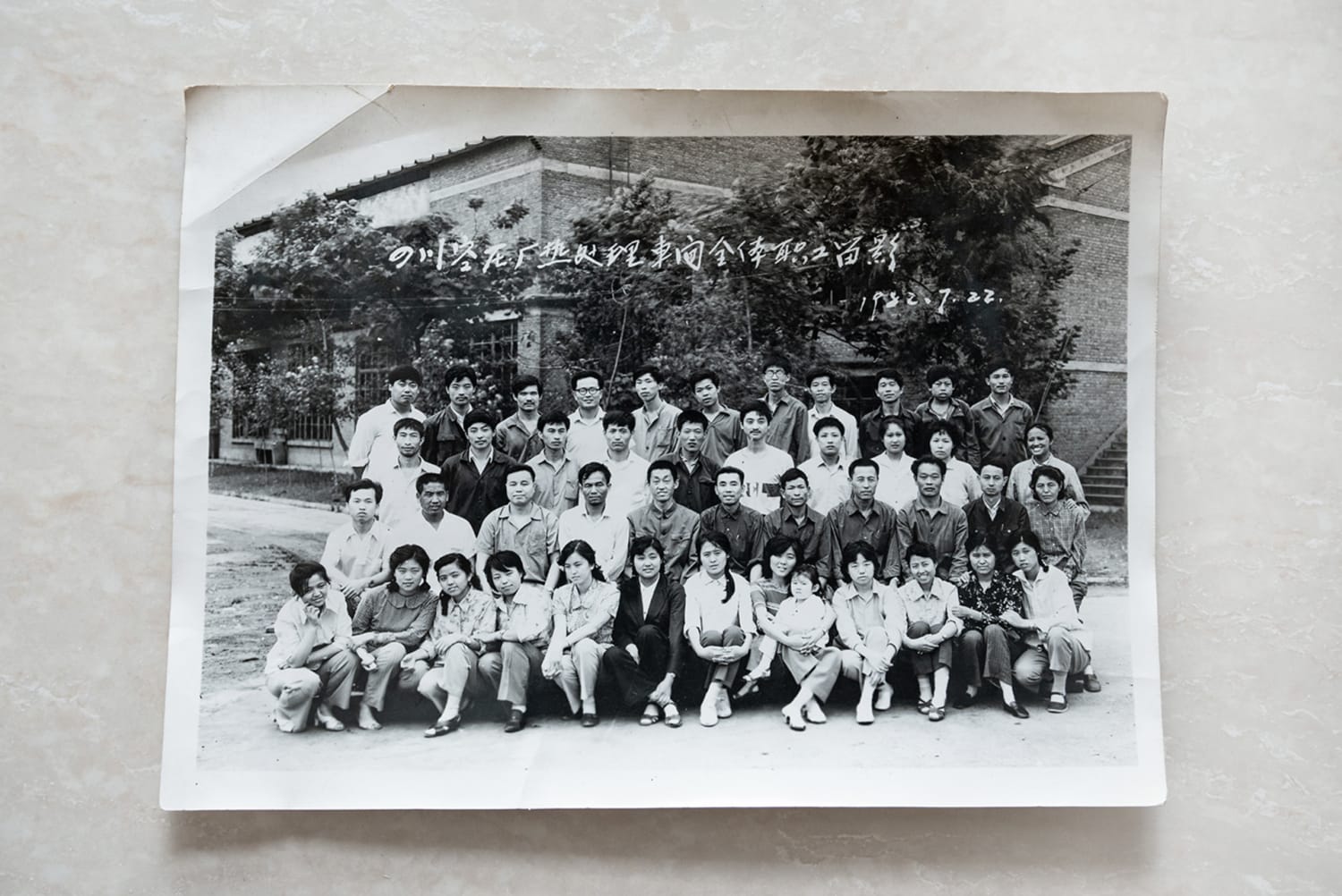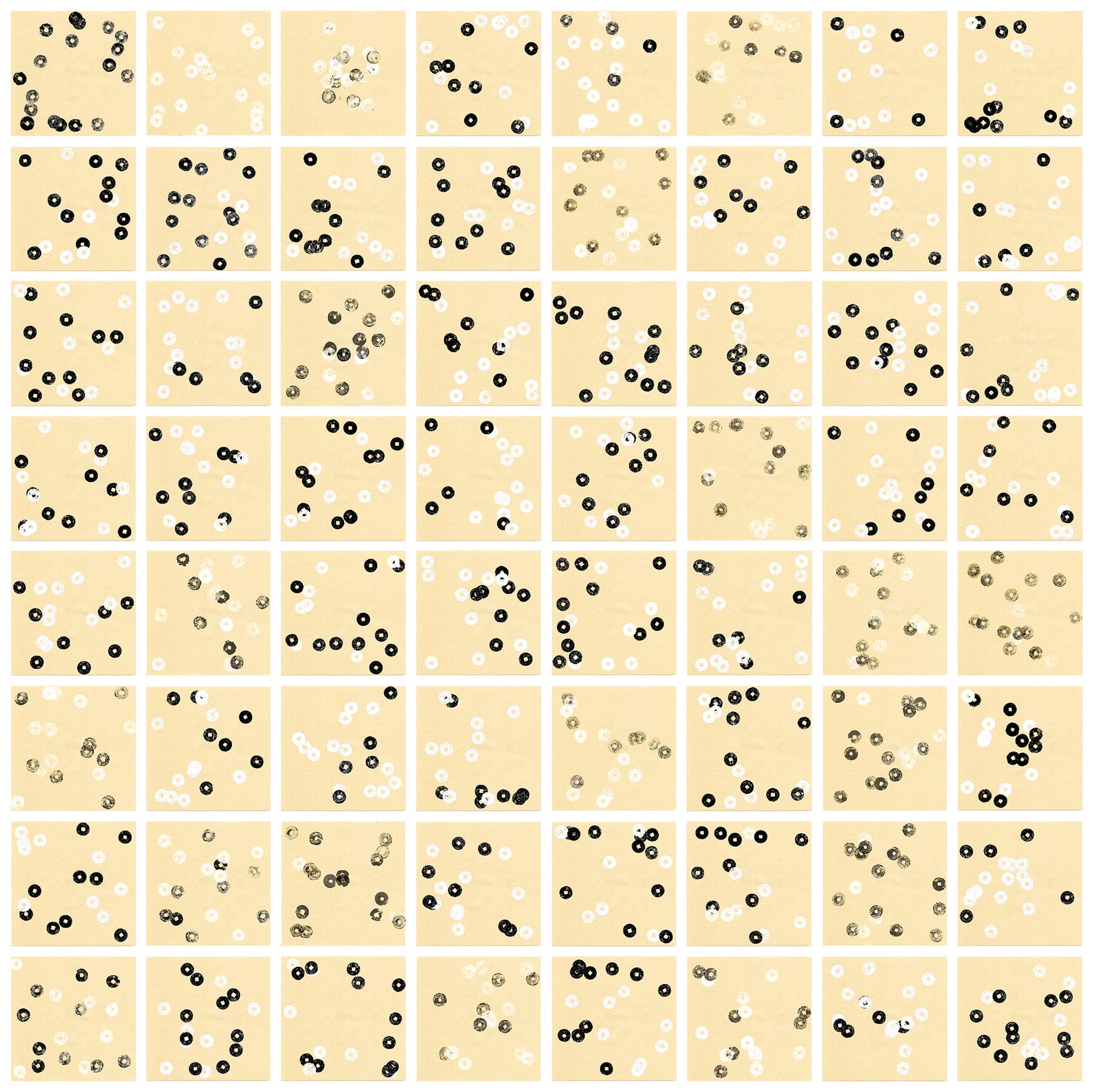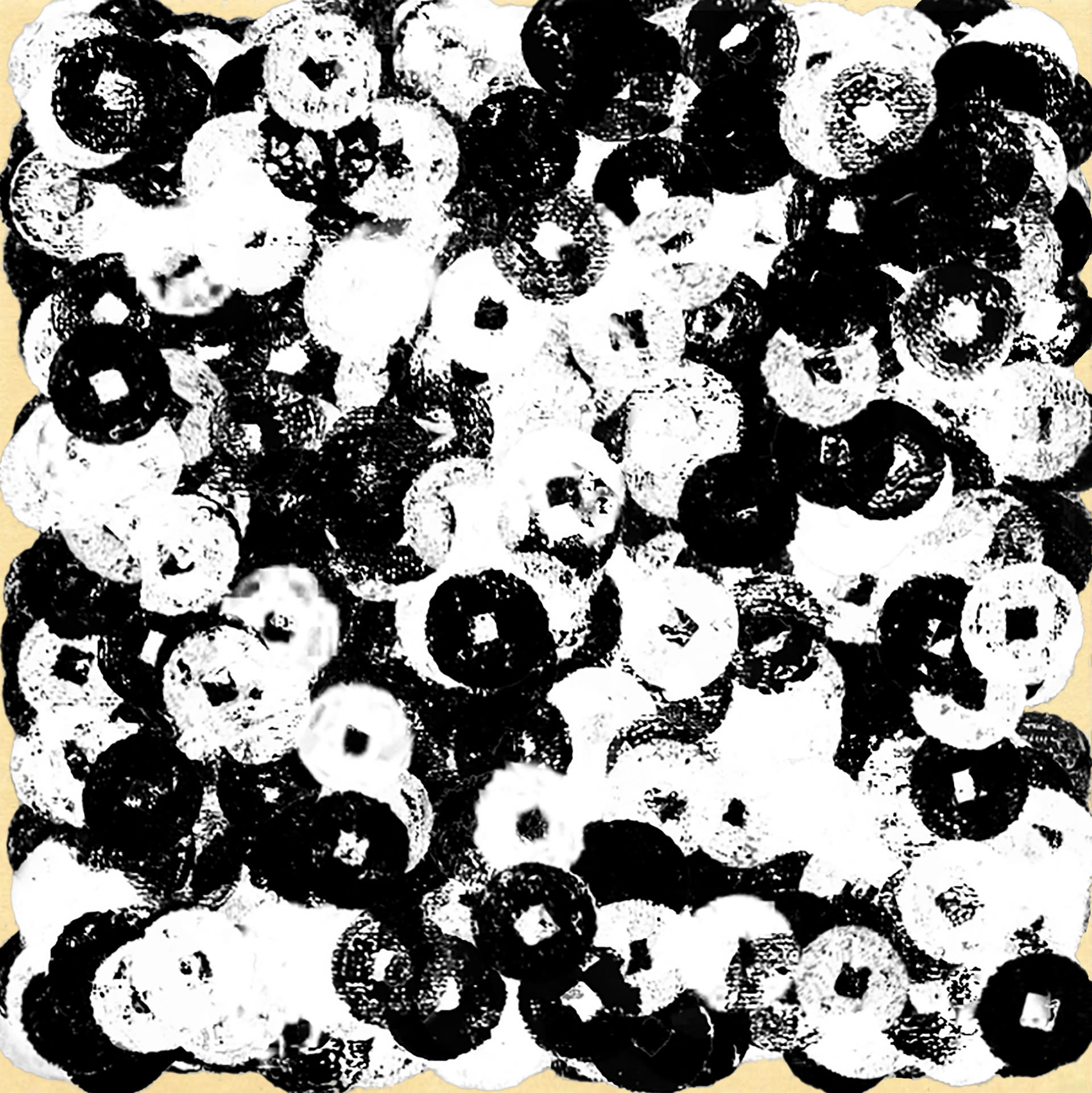Yuxiao Tian is an artist and photographer from Sichuan, China, based in London.
She obtained her BA degree at the Bejing Institute of Fashion Technology in 2015. Before studying photography at the Royal College of Art, she used to be a fashion designer and buyer. The inter-professional learning experience and highly-sensitive personality have given her various new thoughts on the themes and methods of creation. Her current works focus on integrating various creative methods and art forms with photography, trying to recall some humanistic value in her works.
